Mom, what do you actually do at the hospital?
My six-year-old daughter is sitting at the kitchen table. At school she is learning about professions, and tomorrow she has a ‘show and tell’ about her parents’ jobs. Her father, that is easy, she says. He is an anesthesiologist, a sleep doctor. He makes sure you do not feel pain while undergoing surgery. For this, he uses a mask with a balloon and milk-like medication that gives you a funny tingling feeling in your arm. All this is very clear to her. Years ago, her father brought home a book explaining anesthesia to children undergoing ear surgery. She made us read it as a bedtime story repeatedly, and today Lucas and the sleep doctor is still one of her favorites.
Now me. She hesitates.
She knows I am a neurologist. That I work with people with brain disease, that I often get called at night, but that is all. I see the question marks in her eyes. So, I start talking to her about stroke. Together, we search the internet for educational videos suitable for her age and practice calling 112. I’m surprised to see how easily she captures the information; how straightforward it seems to her.
Today, my daughter came home from school smiling. She describes proudly how she told her class about stroke, its symptoms and what to do if it happens to someone near you. She showed them a stent retriever and explained to them about ‘time is brain’. Her classmates asked questions and a boy talked about his grandmother who had a stroke a year ago.
It makes me wonder. Do we invest enough in stroke education of children and young adults? Education campaigns most often target risk groups, and the general population, but nearly always at an adult level. However, these risk groups are often grandparents, taking care of their grandchildren before or after school, during school holidays etc. Educating children therefore seems invaluable when trying to raise public awareness on stroke. Educational material at the level of (young) children should therefore be easily accessible and available in local languages.
It is therefore great to see that the Boehringer Ingelheim Angels Initiative has developed educational materials and videos for children that can easily be adapted to local languages and needs. You can register and access these materials here: https://fastheroes.com/
I have come to appreciate much more the role of local stroke organisations in developing and distributing materials for the public, both young and old, that raise awareness of stroke symptoms and emergency response. In Belgium, the Belgian Stroke Council has supported the development of a children’s book on aphasia and stroke entitled “Why does grandma talks so funny”. As a WSO Future Leader I now want to play my part in raising awareness and will be getting involved in World Stroke Day campaign this year to raise awareness that minutes can save lives.
Author: Laetitia Yperzeele is a UEMS Board certified Neurologist working at the Stroke Unit and NeuroVascular Reference Center (NVCA) of the Antwerp University Hospital (UZA) in Belgium. She is the coordinator of the hospitals’ Stroke Program and its regional Stroke Network since 2014, and is responsible for the organization of in-hospital stroke care and follow-up after discharge (rehabilitation and outpatient clinic). She has been a member of the Scientific Board of the Belgian Stroke Council since 2016 and a fellow of the European Stroke Organization since 2019.
- Calling All Future Stroke Leaders
- Words from the President on stroke care during the COVID19 pandemic
- World Stroke Academy content is NOW available free online to all
- Global Stroke Leaders Launch Radical Prevention Strategy
- The Global Impact of COVID-19 on Stroke - the latest results from the survey from Prof. Marc Fischer, WSO President-Elect
- Reduced rates for your attendance at ESO-WSO 2020
- Get ready to Join the MoveMent!
- Global Stroke Leaders Launch Radical Prevention Strategy
- World Stroke Day 2020 News Release
- No Time for Silence on Stroke Prevention
- WSO Brain and Heart Week
- The latest World Stroke Academy news
- Accuracy in BP Measurement and Effective Hypertension Control Promoted on World Hypertension Day
- The 74th World Health Assembly - 24-31 May
- The state of stroke services across the globe: report of World Stroke Organization
- WHO releases priority list of medical devices and interventions for stroke
- World Stroke Day Campaign website and toolkit LIVE
- WSO welcomes WHO recommendations on management of hypertension
- The World Stroke Academy newly branded website is live!
- 5 ways you can support the #Precioustime campaign on World Stroke Day
- GCCH Position Paper “Preventing the next pandemic: The case for investing in circulatory health”
- Global survey reveals only 35% hospitals worldwide provide life-saving stroke treatment
- How to save $1 trillion
- WSO Global Stroke Fact Sheet 2022
- World Stroke Campaign Award Shortlist Announced
- ICD-11 is now officially in effect
- World Stroke Organization’s statement on Ukraine
- WSO Annual Report for 2021
- Get Ready for World Stroke Day 2022 - The Power of Saving #Precioustime
- WHO Strategic Technical Advisory Group meeting on Global Noncommunicable diseases action plan 2013-2030
- WSO Calls for changes in primary prevention guidelines for cardiovascular disease and stroke
- WSO Future Stroke Leaders Programme - Cohort 2 Announcement
- Building Momentum around Implementation of Quality Stroke Care – update from the WSO Rede Brasil AVC Global Stroke Alliance Meeting, Sao Paulo
- World Stroke Day 2022 Raising public awareness of stroke signs and the importance of #Precioustime
- Countdown to World Stroke Day- key actions for members and partners!
- WSO is announcing the results from the Officers elections 2022
- World Stroke Organization Tackle Gaps in Access to Quality Stroke Care
- WSC 2022: One Voice for Stroke
- World Stroke Day #Precioustime Campaign Evaluation
- In memoriam of Dr. Ralph L. Sacco
- WHO Executive Board (EB 152)
- RES-Q + Using digitization and artificial intelligence to improve healthcare
- Be the storyteller of 2023. Submit your abstract at WSC 2023!
- Summary of systematic review and synthesis of global stroke guidelines on behalf of WSO
- World Health Assembly (WHA76)
- World Stroke Day 2023 - Together we are #GreaterThan Stroke
- THE ROAD TO UHC: WHY INTEGRATION OF CIRCULATORY HEALTH INTERVENTIONS IN PRIMARY CARE IS ESSENTIAL
- Global Declaration on Stroke
- NEW World Stroke Campaign Website goes LIVE!
- Global Declaration on Stroke Commitment Launch: New Delhi, India – September 8th, 2023
- TOGETHER WE CAN BE #GreaterThan STROKE!
- The Global Stroke Community Reunited for the WSC 2023
- Join the Future Stroke Leaders Success Journey – Cohort 3 Applications Open
- The RES-Q platform has officially launched!
- New Trial Expands Window For Stroke Thrombectomy With Simpler Imaging
- Now available: WSA Big Data & Stoke e-Learning module
- World Stroke Day 2024
- World Stroke Campaign Award 2023 Winners
- United in Action to Transform Stroke Care
- WSC 2024 Early Bird Registration Deadline Approaching!
- WSO and SingHealth Sign MoU to Enhance Regional Stroke Management and Care in Collaboration with Angels Initiative
- Stroke Action Now - join the WSO global advocacy coalition
- Time for a Revolution in Stroke Care - Acute Care Policy Brief Launch
- Prioritizing access to quality acute stroke care - the time to act is now!
- World Stroke Organization Launches Global Coalition to Drive Action on Stroke Care
- Highlights from the Global Stroke Alliance meeting in Bogota, Colombia – 20-22 November 2024
- United in Action for #StrokeActionNow - Update from the Global Stroke Action Coalition
- The Global Stroke Action Coalition issues an urgent call to action
- Homepage
- Vision and strategy
- Board and Executive Committee
- Privacy policy
- Terms of use
- SEO sitemap
- Global Stroke Corner
- Words from the President: LOOKING AHEAD
- WSO Publishes Global Stroke Fact Sheet
- WSO Call for Editor-in-Chief of IJS
- WSO Membership - Call for Dues 2019
- ESO-WSO Conference 2020
- XXII Ibero-American Stroke Organization Congress
- Asia Pacific Stroke Conference 2019
- European Master in Stroke Medicine - Feedback from WSO scholarships recipients
- Philippine Nationwide Stroke Training, 2018
- Advances in neuroscience & new strategies for preventing & treating brain diseases, November 2018, Moscow
- International conference on essentials of stroke care, November 2018, India
- Education Committee Update
- SSO Committee March 2019
- Stroke Guidelines & Quality Committee Update
- WSO Research Committee Update
- WSO and Global Policy – Key Events in 2019
- Report of WHO Global Forum on Medical Devices
- Report from the WHO’s Executive Board in Geneva January 24th to February 1st, 2019
- WSO President and Romanian Health Minister sign a Memorandum of Understanding
- First Stroke Summer School in Latin America
- Stroke Thrombolysis Master Class-2018: A Report
- Welcome to New Members
- Heart and Stroke Foundation of Canada Publishes a New Report
- On the International Women’s Day, March 8, WSO celebrated women in stroke!
- News from the European Stroke Organization
Our partners and sponsors
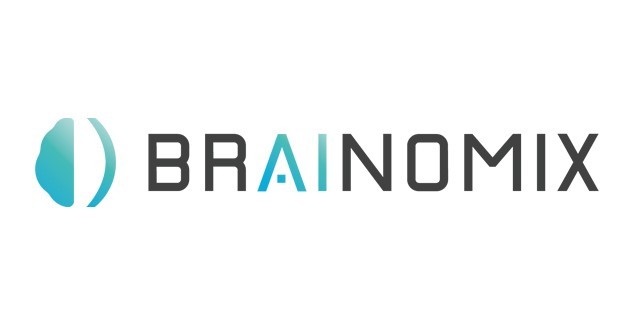 Corporate Supporters
Corporate Supporters
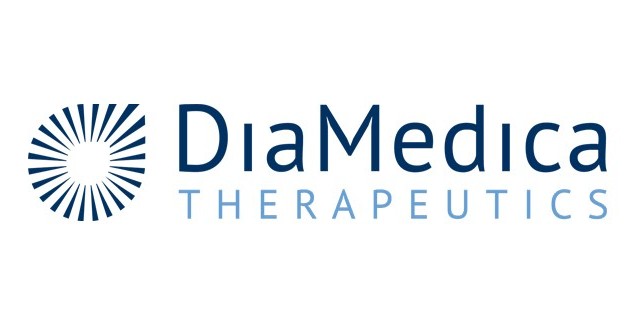 Corporate Supporters
Corporate Supporters
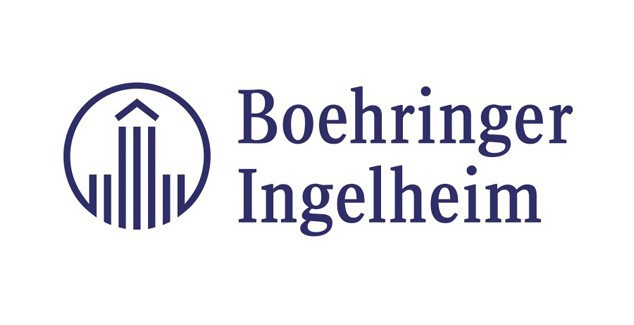 Platinum Plus
Platinum Plus
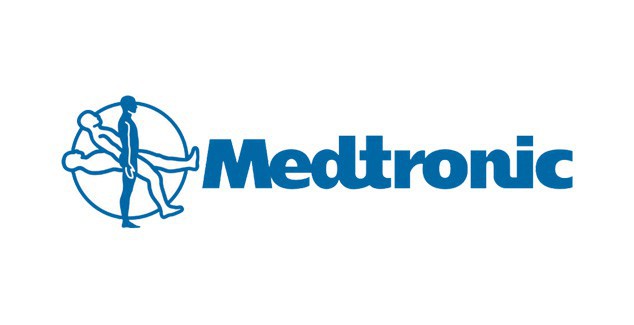 Platinum Plus
Platinum Plus
 Bronze
Bronze
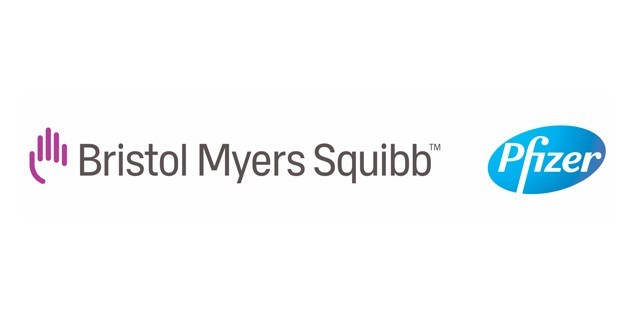 Silver
Silver
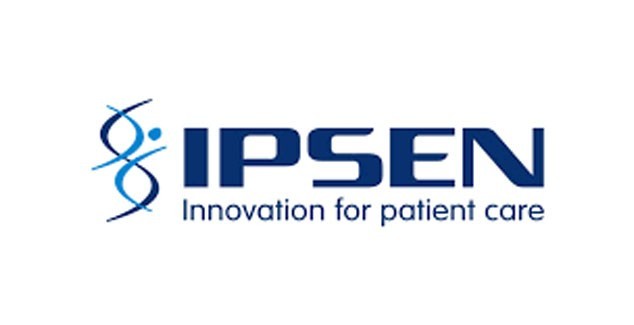 Gold
Gold
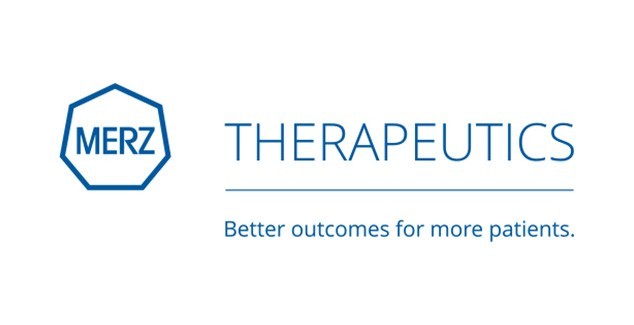 Silver
Silver
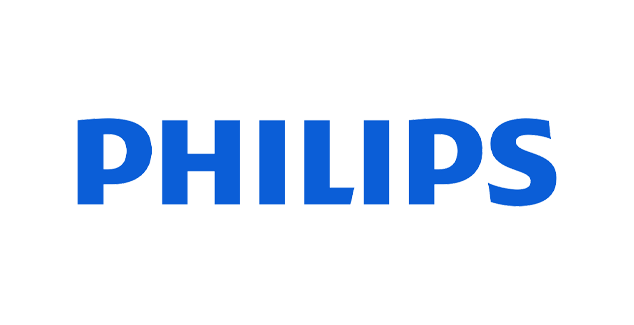 Silver
Silver
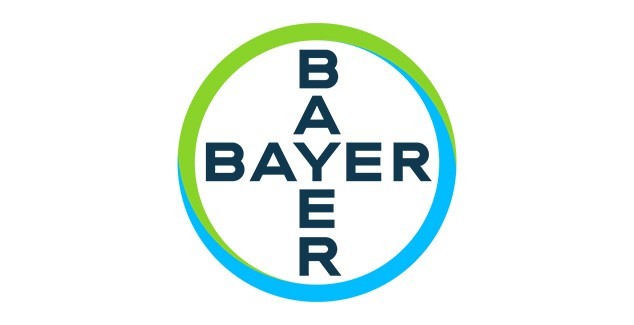 Bronze
Bronze
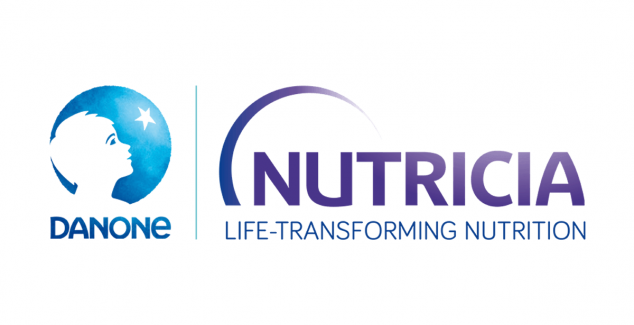 Bronze
Bronze
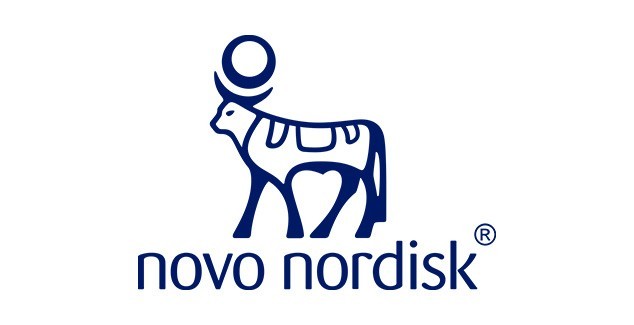 Bronze
Bronze
 Bronze
Bronze
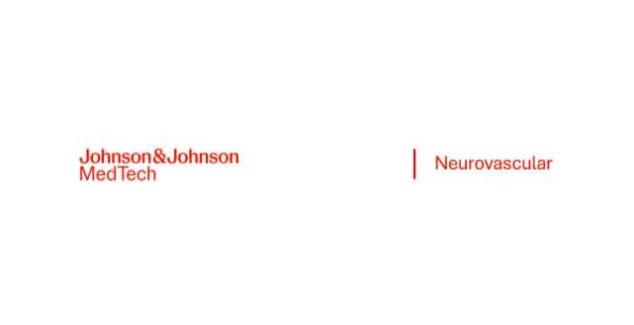 Silver
Silver

 Member login
Member login